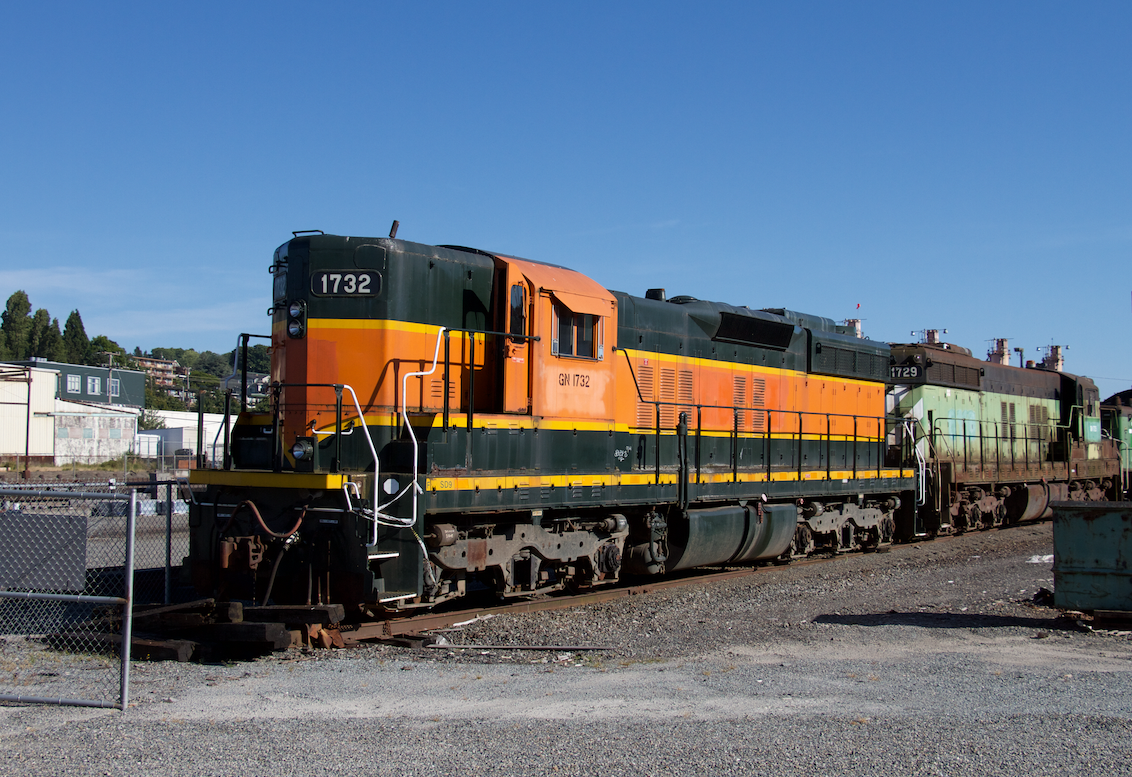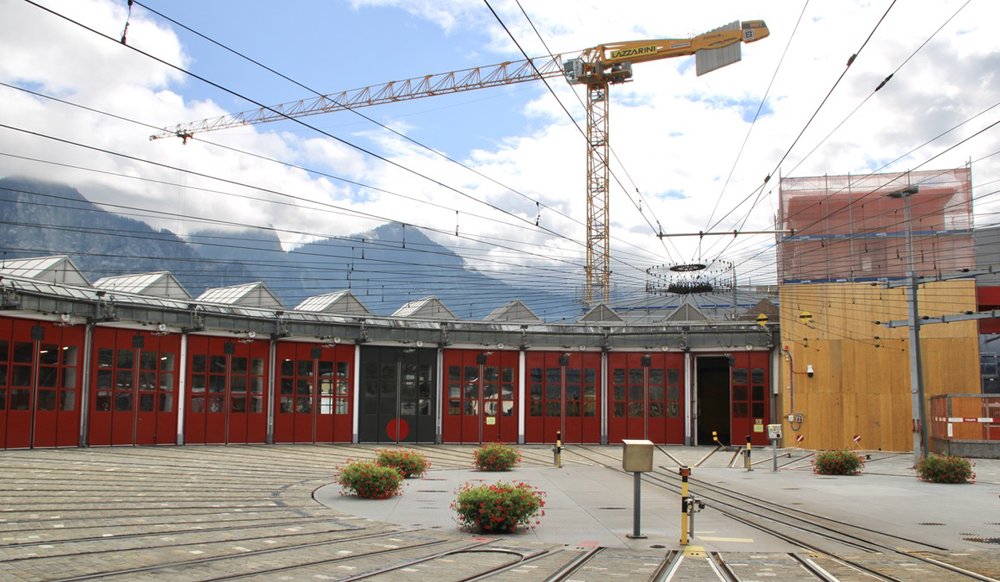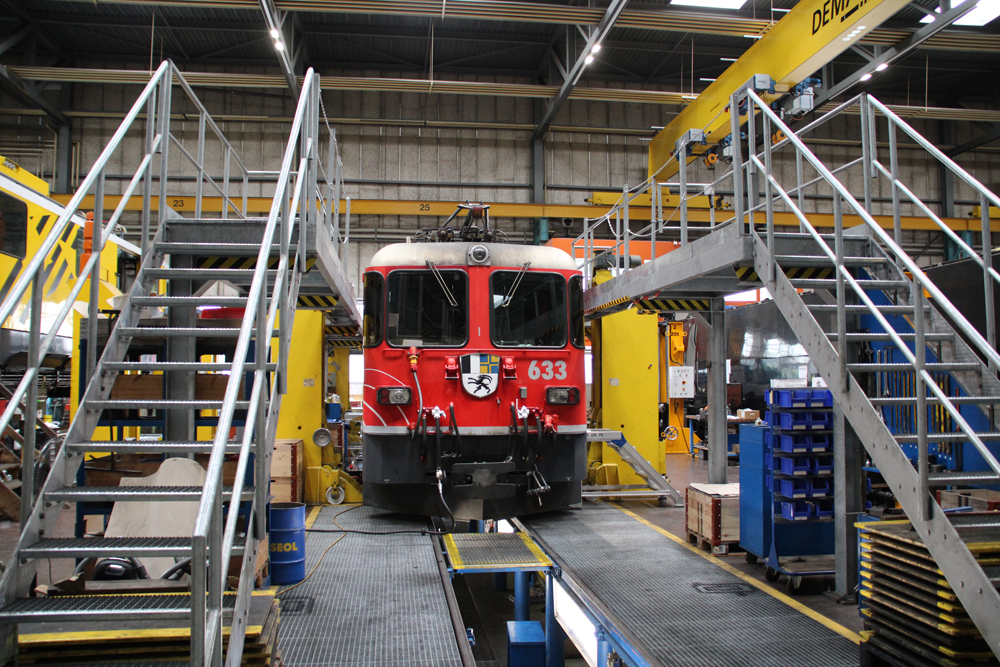17199-10
Answer: The reporting mark GN came from the Great Northern Railway, one of BNSF Railway’s predecessors. Great Northern merged with the Northern Pacific; Spokane, Portland & Seattle; and Chicago, Burlington & Quincy in 1970 to form Burlington Northern, which then merged with the Atchison, Topeka & Santa Fe in 1996 to form today’s BNSF Railway.
Large railroads often retain the reporting marks of their predecessors and use them to organize their locomotive rosters. Entire fleets of locomotives may be re-numbered to “make room” for new orders so that all locomotives of the same type are numbered in the same series. — Tyler Trahan














